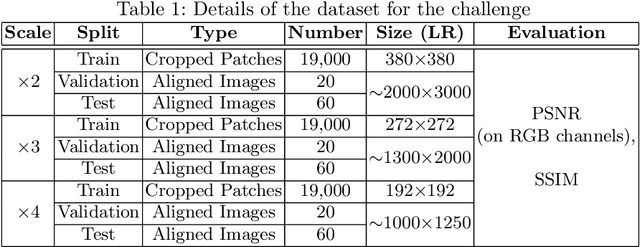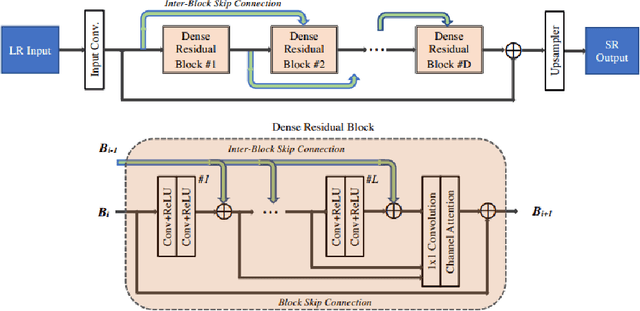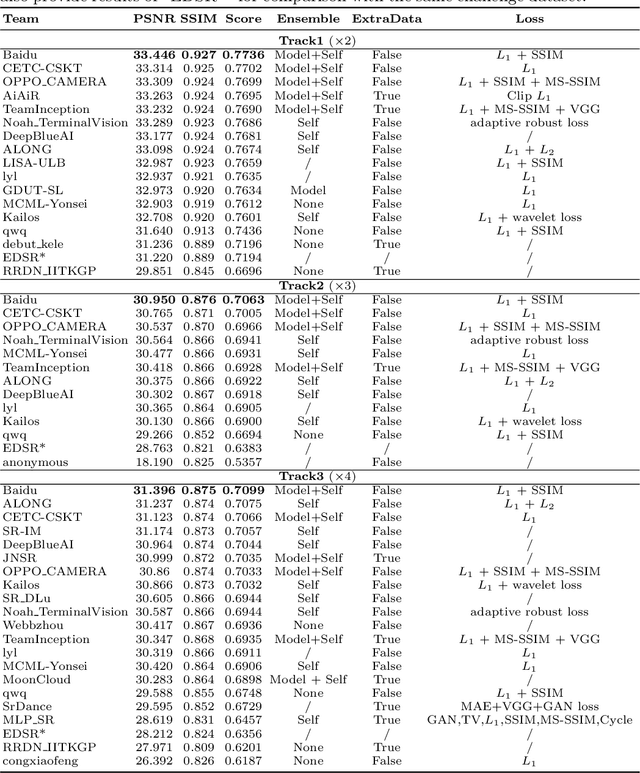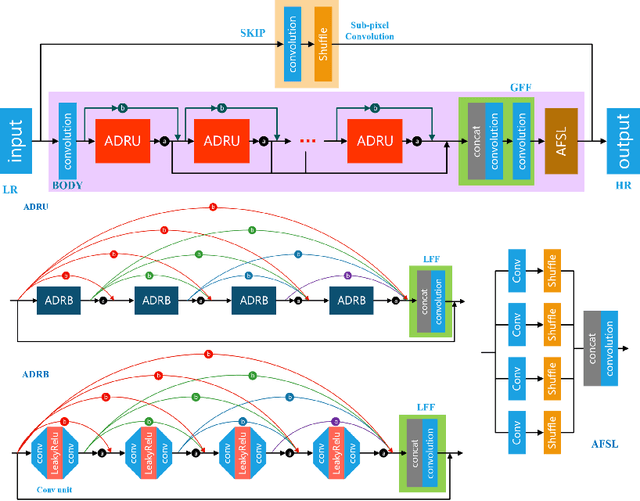Feras Almasri
XCycles Backprojection Acoustic Super-Resolution
May 19, 2021



Abstract:The computer vision community has paid much attention to the development of visible image super-resolution (SR) using deep neural networks (DNNs) and has achieved impressive results. The advancement of non-visible light sensors, such as acoustic imaging sensors, has attracted much attention, as they allow people to visualize the intensity of sound waves beyond the visible spectrum. However, because of the limitations imposed on acquiring acoustic data, new methods for improving the resolution of the acoustic images are necessary. At this time, there is no acoustic imaging dataset designed for the SR problem. This work proposed a novel backprojection model architecture for the acoustic image super-resolution problem, together with Acoustic Map Imaging VUB-ULB Dataset (AMIVU). The dataset provides large simulated and real captured images at different resolutions. The proposed XCycles BackProjection model (XCBP), in contrast to the feedforward model approach, fully uses the iterative correction procedure in each cycle to reconstruct the residual error correction for the encoded features in both low- and high-resolution space. The proposed approach was evaluated on the dataset and showed high outperformance compared to the classical interpolation operators and to the recent feedforward state-of-the-art models. It also contributed to a drastically reduced sub-sampling error produced during the data acquisition.
AIM 2020 Challenge on Real Image Super-Resolution: Methods and Results
Sep 25, 2020



Abstract:This paper introduces the real image Super-Resolution (SR) challenge that was part of the Advances in Image Manipulation (AIM) workshop, held in conjunction with ECCV 2020. This challenge involves three tracks to super-resolve an input image for $\times$2, $\times$3 and $\times$4 scaling factors, respectively. The goal is to attract more attention to realistic image degradation for the SR task, which is much more complicated and challenging, and contributes to real-world image super-resolution applications. 452 participants were registered for three tracks in total, and 24 teams submitted their results. They gauge the state-of-the-art approaches for real image SR in terms of PSNR and SSIM.
Robust Perceptual Night Vision in Thermal Colorization
Mar 04, 2020



Abstract:Transforming a thermal infrared image into a robust perceptual colour Visible image is an ill-posed problem due to the differences in their spectral domains and in the objects' representations. Objects appear in one spectrum but not necessarily in the other, and the thermal signature of a single object may have different colours in its Visible representation. This makes a direct mapping from thermal to Visible images impossible and necessitates a solution that preserves texture captured in the thermal spectrum while predicting the possible colour for certain objects. In this work, a deep learning method to map the thermal signature from the thermal image's spectrum to a Visible representation in their low-frequency space is proposed. A pan-sharpening method is then used to merge the predicted low-frequency representation with the high-frequency representation extracted from the thermal image. The proposed model generates colour values consistent with the Visible ground truth when the object does not vary much in its appearance and generates averaged grey values in other cases. The proposed method shows robust perceptual night vision images in preserving the object's appearance and image context compared with the existing state-of-the-art.
Multimodal Sensor Fusion In Single Thermal image Super-Resolution
Dec 21, 2018



Abstract:With the fast growth in the visual surveillance and security sectors, thermal infrared images have become increasingly necessary ina large variety of industrial applications. This is true even though IR sensors are still more expensive than their RGB counterpart having the same resolution. In this paper, we propose a deep learning solution to enhance the thermal image resolution. The following results are given:(I) Introduction of a multimodal, visual-thermal fusion model that ad-dresses thermal image super-resolution, via integrating high-frequency information from the visual image. (II) Investigation of different net-work architecture schemes in the literature, their up-sampling methods,learning procedures, and their optimization functions by showing their beneficial contribution to the super-resolution problem. (III) A bench-mark ULB17-VT dataset that contains thermal images and their visual images counterpart is presented. (IV) Presentation of a qualitative evaluation of a large test set with 58 samples and 22 raters which shows that our proposed model performs better against state-of-the-arts.
 Add to Chrome
Add to Chrome Add to Firefox
Add to Firefox Add to Edge
Add to Edge